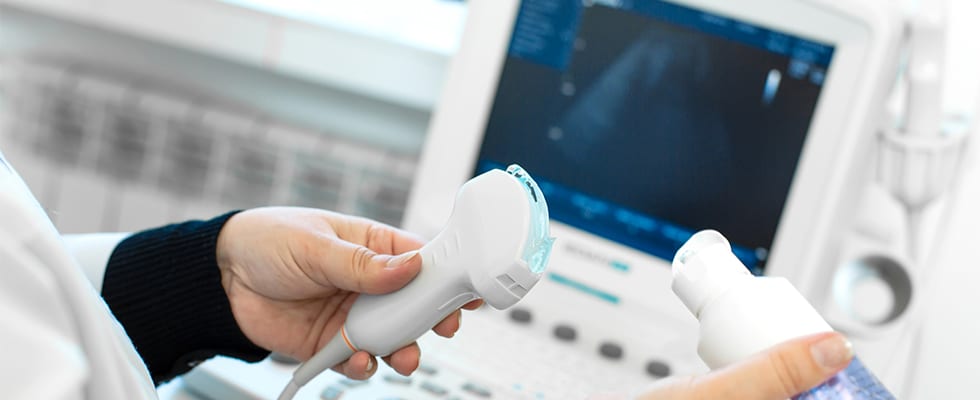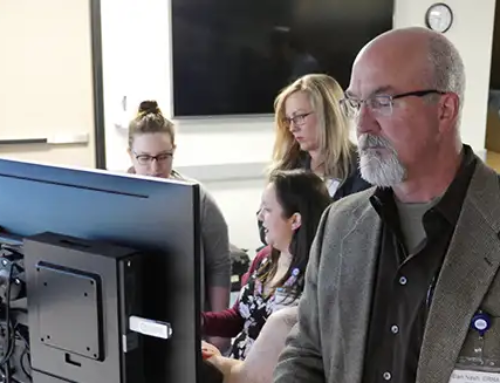
When Maverick Medical Education looks for courses to offer to medical professionals around the country, we are considering what may best serve patients and communities. Pain management and relief techniques have always been a part of what drives our educators, but as we saw more and more techniques better performed with ultrasound assistance, we realized that there was a valuable tool in Point of Care Ultrasound, or POCUS, as well. This nimble diagnostic tool can be used in any field and offers medical staff the chance to quickly assess what is taking place inside a patient’s body, with the ability to understand how that patient is progressing throughout their stay. POCUS is versatile in how it can treat and help the patients we serve today and tomorrow.
Guidance for Needles– Medical staff use needles for a number of different tests, procedures, and diagnostic reasons. By using ultrasound assistance, medical staff can guarantee that the placement of everything from a nerve block to acquiring a specific sample is done correctly the first time, ensuring a better outcome and more comfort for the patient.
COVID Monitoring and Care– There is extensive use of POCUS in some hospitals to help manage the breathing issues many of the most severe patients with COVID experienced. Not only were medical teams able to assess the progression of breathing difficulties patients were experiencing, but by using this diagnostic tool in the patient’s room, less exposure to COVID occurred through transporting patients to radiology.
Musculoskeletal– By using POCUS imaging, staff can help patients who have been experiencing joint pain to determine if they are experiencing joint and soft tissue conditions and “is as accurate as magnetic resonating imaging in the diagnosis of complete rotator cuff tears” according to American Family Physician.
Cardiac Issues– When the heart is on the line, time is important to make a good diagnosis and to make a treatment plan to save the patient’s life. By using POCUS to detect pericardial effusion and decreased systolic function, doctors can make better choices for their patients. Some additional imaging may need to be used, depending on the patient and situation, but every tool that can be used to better understand the patient will be to the benefit of their treatment.
Abdominal Treatment– While a negative scan may not completely rule out appendicitis, POCUS can be used to confirm the suspicion for an appendix needing to be removed from a patient experiencing these symptoms. Additionally, there are a number of gallbladder issues that can be observed with the use of POCUS.
Triage– In an emergency situation, medical teams need to make a quick assessment of their patient, especially if the patient is having internal issues or may be unable to communicate any pain they are feeling inside their body. By using POCUS, internal injuries can be detected, and treatment can begin or patients can be sent on for further imaging as needed.
Differentiation– In some cases, like when a patient presents with shortness of breath, it can be difficult for doctors to decide if the concern is cardiac or pulmonary. By using POCUS, there are a number of ways this can be differentiated. According to the American College of Cardiology, this may involve looking for pleural fluid, A or B-line presentation, or pleural sliding.
By equipping more medical staff with knowledge on how to effectively use POCUS in their field, we are helping them do their jobs more effectively and efficiently. By doing this, more patients are receiving the care they need. POCUS is a valuable tool for every department through a medical campus and can assist in better outcomes. To learn more about POCUS or our pain management courses, contact us today.




